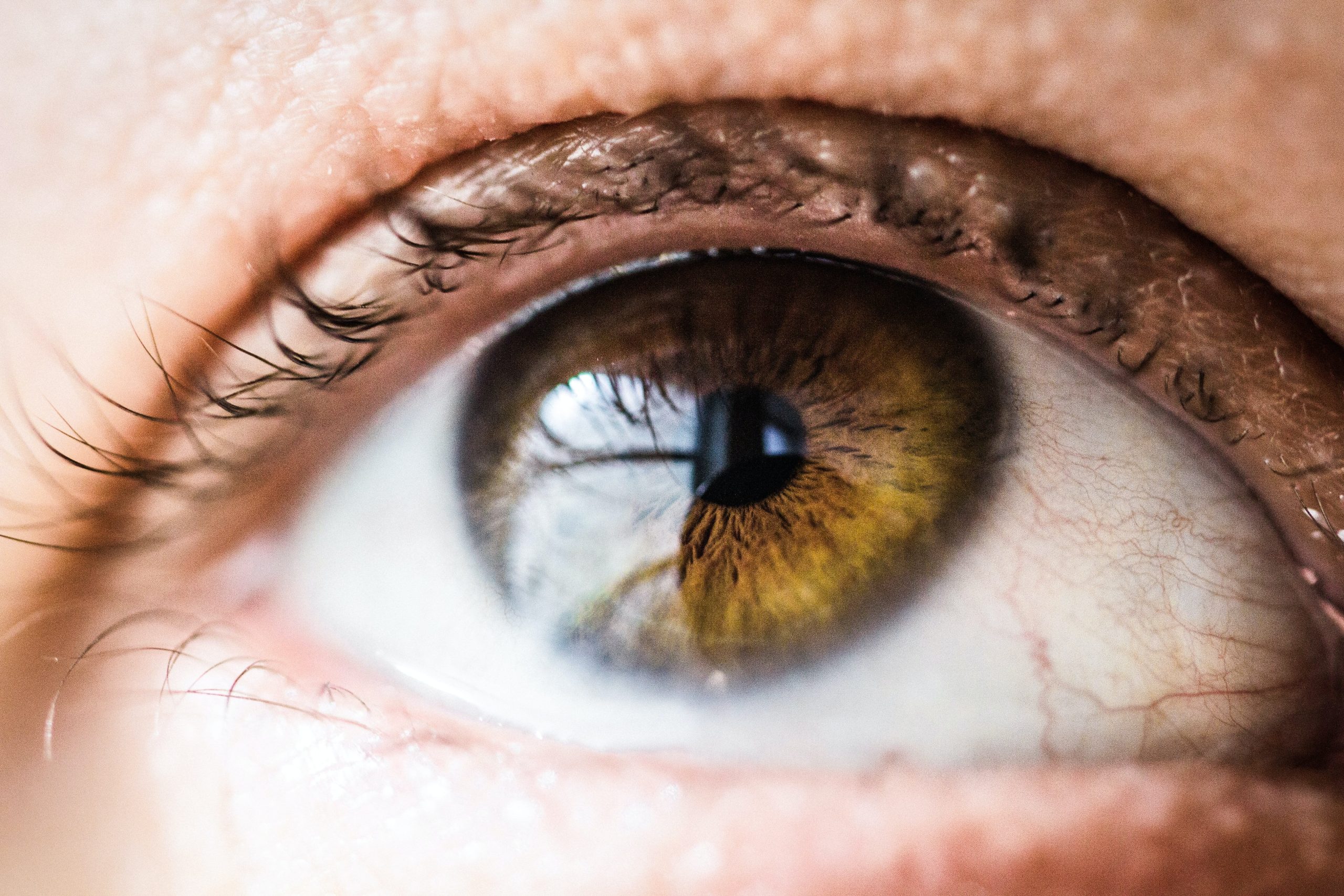Health and Wellness Products Leading the Market in 2024
In recent years, wellness products have become increasingly prominent in the daily routines of many individuals. As health consciousness grows and people seek to enhance their physical, mental, and emotional well-being, the wellness industry has expanded rapidly. This article delves into the factors driving this rise, examines various types of wellness products, and explores their impact on everyday life.

The Growth of the Wellness Industry
The wellness industry has witnessed exponential growth over the past decade. According to the Global Wellness Institute, the global wellness economy was valued at $4.5 trillion in 2018 and continues to grow. This surge can be attributed to several factors:
- Increasing Health Awareness: With the rise of chronic diseases and the growing awareness of lifestyle-related health issues, more people are prioritizing preventive health measures.
- Technological Advancements: Innovations in technology have led to the development of sophisticated wellness products that are easily accessible and user-friendly.
- Influence of Social Media: Social media platforms have played a significant role in promoting wellness trends and products, with influencers and celebrities endorsing various health and wellness products.
- Consumer Preferences: Modern consumers are more inclined towards products that offer holistic benefits, including mental and emotional well-being, alongside physical health.
Categories of Wellness Products
Wellness products encompass a broad range of items designed to improve various aspects of health. These can be broadly categorized into:
- Nutritional Supplements: Vitamins, minerals, and herbal supplements that support overall health and address specific deficiencies.
- Fitness Equipment: Home exercise equipment, wearables, and apps that promote physical fitness and track health metrics.
- Personal Care Products: Skincare, haircare, and oral care products that promote hygiene and enhance personal appearance.
- Mental Health Aids: Products like meditation apps, weighted blankets, and aromatherapy tools that help reduce stress and improve mental well-being.
- Sleep Aids: Mattresses, pillows, and sleep trackers designed to enhance sleep quality and address sleep disorders.
The Impact of Wellness Products on Everyday Life
Wellness products have significantly influenced everyday routines and lifestyles. Their impact can be seen in several areas:
- Improved Health Outcomes: Regular use of wellness products can lead to better health outcomes by preventing illnesses and managing existing conditions.
- Enhanced Quality of Life: By addressing various aspects of well-being, these products contribute to a higher quality of life, enabling individuals to perform better in their personal and professional lives.
- Mental Clarity and Emotional Stability: Products that focus on mental health help reduce anxiety, improve focus, and promote emotional stability.
- Increased Productivity: With improved physical and mental health, individuals often experience increased productivity and efficiency in their daily tasks.
Analysis Table
| Factor | Impact | Example |
| Health Awareness | Increased demand for preventive health measures | Rise in sales of vitamins and supplements |
| Technological Advancements | Development of user-friendly wellness tech products | Popularity of fitness wearables |
| Social Media Influence | Wider reach and acceptance of wellness products | Influencer endorsements |
| Consumer Preferences | Shift towards holistic health solutions | Growth in organic and natural products |
Comparative Table
| Category | Traditional Products | Modern Wellness Products |
| Nutritional Supplements | Basic vitamins and over-the-counter meds | Customized supplements, superfoods |
| Fitness Equipment | Gym memberships, basic home equipment | Smart wearables, interactive fitness platforms |
| Personal Care | Conventional skincare and haircare items | Organic, cruelty-free, and eco-friendly products |
| Mental Health Aids | Prescription medications | Meditation apps, CBD products, aromatherapy tools |
| Sleep Aids | Standard mattresses and pillows | Smart mattresses, sleep trackers, specialized pillows |
The Future of Wellness Products
The future of wellness products looks promising, with several trends indicating continued growth and innovation:
- Personalization: Advances in AI and data analytics will enable the creation of highly personalized wellness products tailored to individual needs.
- Sustainability: There will be a growing emphasis on sustainable and eco-friendly wellness products as consumers become more environmentally conscious.
- Integration of AI and IoT: The integration of artificial intelligence and the Internet of Things will lead to smarter wellness products that provide real-time feedback and guidance.
- Holistic Approaches: Future wellness products will likely focus on holistic health, addressing physical, mental, emotional, and spiritual well-being.
The Role of Wellness Products in Post-Pandemic Life
The COVID-19 pandemic has accelerated the adoption of wellness products as people became more health-conscious during periods of lockdown and social distancing. The heightened awareness of the importance of a robust immune system and mental resilience has led to a surge in demand for wellness products. From immunity-boosting supplements to stress-relief tools like mindfulness apps and essential oils, the pandemic has reshaped consumer behavior, making wellness products a staple in many households. This shift is likely to persist, as individuals continue to prioritize their health in a post-pandemic world.
Challenges and Considerations in the Wellness Industry
Despite the benefits, the wellness industry faces several challenges. One major concern is the lack of regulation and standardized quality control, which can lead to the proliferation of products with dubious efficacy and safety. Additionally, the high cost of some wellness products can make them inaccessible to a broader population, creating disparities in health and well-being. It is crucial for consumers to approach wellness products with a critical eye, seeking evidence-based solutions and consulting healthcare professionals when necessary. Addressing these challenges will be key to ensuring the long-term sustainability and credibility of the wellness industry.
Conclusion
The rise of wellness products in everyday life is a testament to the growing importance of health and well-being in modern society. With continued advancements in technology and a deeper understanding of holistic health, the wellness industry is set to offer even more innovative and effective solutions. By embracing these products, individuals can significantly enhance their quality of life and overall well-being.










